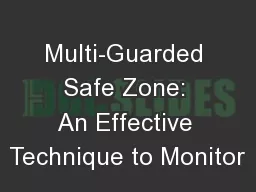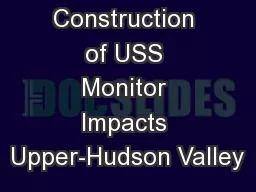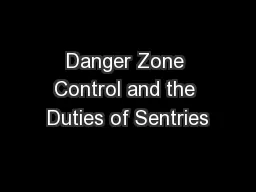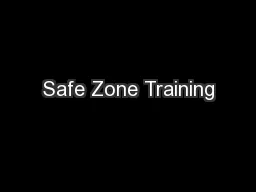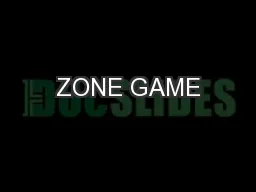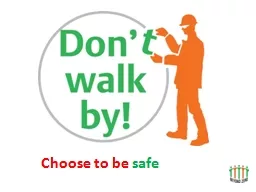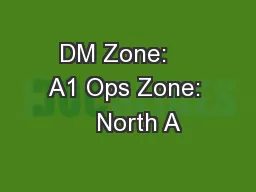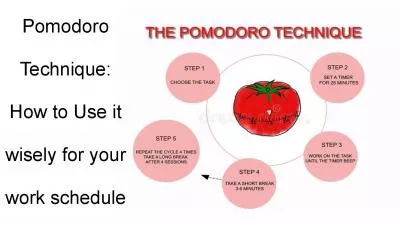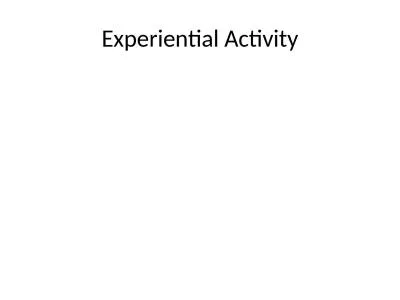PPT-Multi-Guarded Safe Zone: An Effective Technique to Monitor
Author : pasty-toler | Published Date : 2017-06-22
Presented By Muhammad Aamir Cheema 1 Joint work with Ljiljana Brankovic 2 Xuemin Lin 1 Wenjie Zhang 1 Wei Wang 1 1 University of New South Wales Australia
Presentation Embed Code
Download Presentation
Download Presentation The PPT/PDF document "Multi-Guarded Safe Zone: An Effective Te..." is the property of its rightful owner. Permission is granted to download and print the materials on this website for personal, non-commercial use only, and to display it on your personal computer provided you do not modify the materials and that you retain all copyright notices contained in the materials. By downloading content from our website, you accept the terms of this agreement.
Multi-Guarded Safe Zone: An Effective Technique to Monitor: Transcript
Download Rules Of Document
"Multi-Guarded Safe Zone: An Effective Technique to Monitor"The content belongs to its owner. You may download and print it for personal use, without modification, and keep all copyright notices. By downloading, you agree to these terms.
Related Documents

